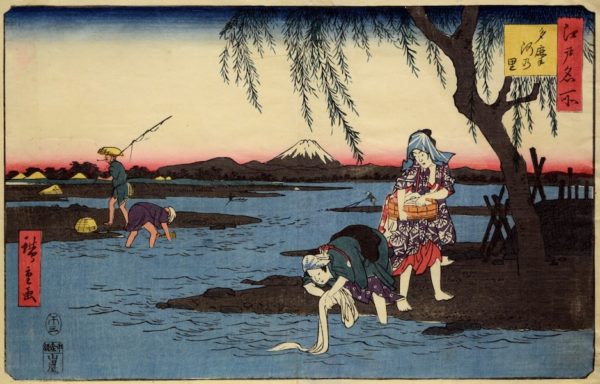WOMEN IN EDO PERIOD JAPAN ART

In the Bruce Museum”™s recently renovated art gallery, “Floating Beauty: Women in the Art of Ukiyo- e” exhibit examines historical perspectives on women and their depiction in art in Edo Period Japan (1615 ”” 1858), Sept. 1 to Nov. 1.
Featuring more than 40 woodblock prints on loan from the permanent collection of the Reading Public Museum in Pennsylvania, this exhibition highlights female characters in literature, kabuki theater and poetry; the courtesans and geisha of the Yoshiwara district; and wives and mothers from different social classes performing the duties of their station, in order to gain some insight into the lives of women in pre-modern Japan.

Ukiyo-e, literally translated as “pictures of the floating world,” is a Japanese art form that flourished during a period marked by drastic social, political and economic change as the country was brought under military control of the Tokugawa shogunate.
The Greenwich museum will host a special preview for museum members on Aug. 30. Admission to the general public is by advance reservation for timed ticketed entry. visit brucemuseum.org for details.